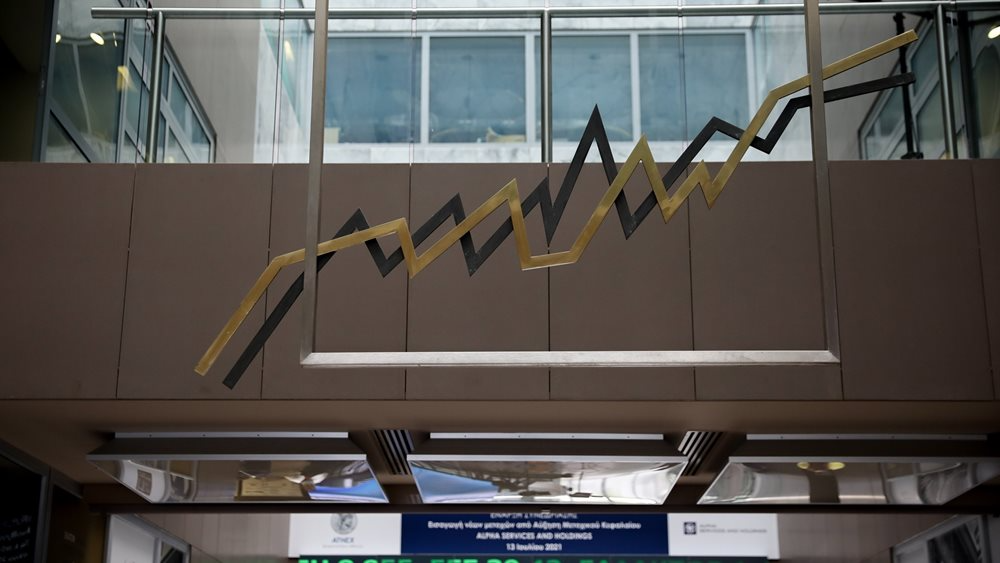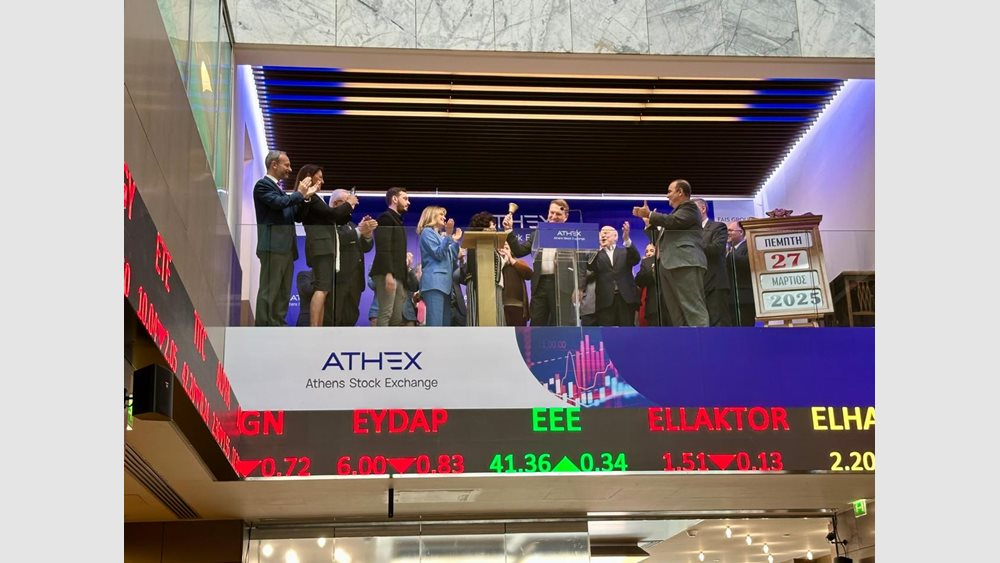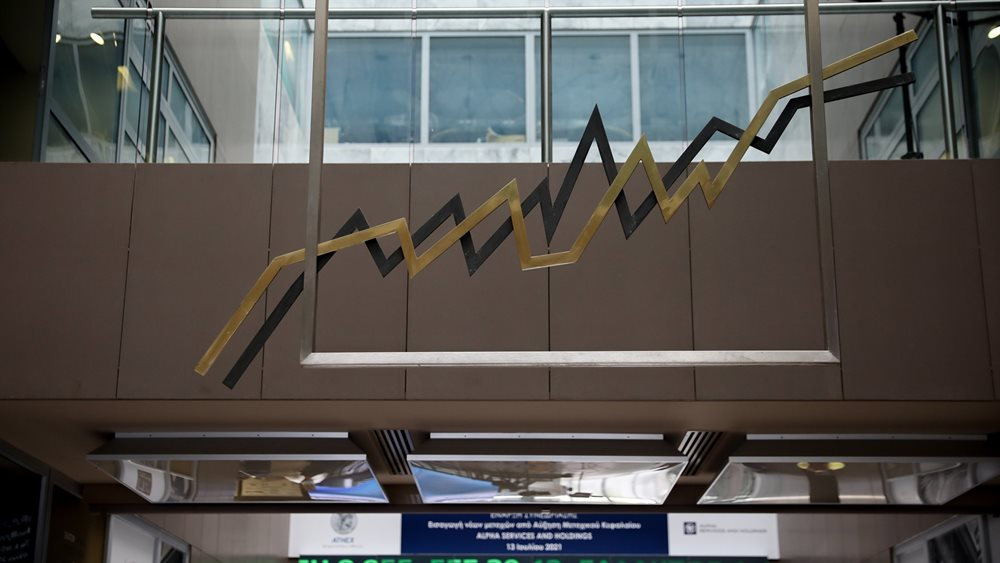
One of the most important weaknesses of the Greek economy, the current account deficit, is put under the microscope of Eurobank Research analysts in the latest edition of "7 Days Economy" published today.
As they point out, based on Bank of Greece data, it rose from 7.0% of GDP in 2002 to 15.4% in 2007, only to fall within seven years to 0.7% of GDP in 2014 due to the reduction in domestic spending - due to the necessary fiscal adjustment - which led to a reduction in imports.
Then, in the five-year period 2015-2019 it fluctuated at 1.8% on average, while in the four-year period 2020-2023 the deficit reached 7.4% of GDP on average. Overall over the period 2002-2023 the deficit averaged 6.9% of GDP.
The main reason for the negative current account balance is the strongly negative goods balance over time, as the value of imports of goods far exceeds the value of exports. In this respect, it is indicative that over the period 2002-2023, on average, Greece spent €2.3 on imports of goods for every €1.0 of goods exported.
It is noted that compared to the other components of the current account balance, the services balance in the period 2002-2023 is permanently in surplus, while the primary and secondary income balances in most years are in deficit but to a lower degree (-€2.3 billion and -€0.003 billion respectively, on average) compared to the goods balance.






